This chart shows you the top 10 global exchange platforms. All 10 are absolutely secure! Like and save them to prevent loss!

A must-read for blockchain beginners: 50 core terms explained
When first learning about blockchain, many people's first reaction is that it's like listening to a book in a foreign language. A multitude of incomprehensible abbreviations and a constant stream of jargon can leave novices feeling bewildered. In reality, these concepts aren't mysterious; they just require help translating them into common sense.
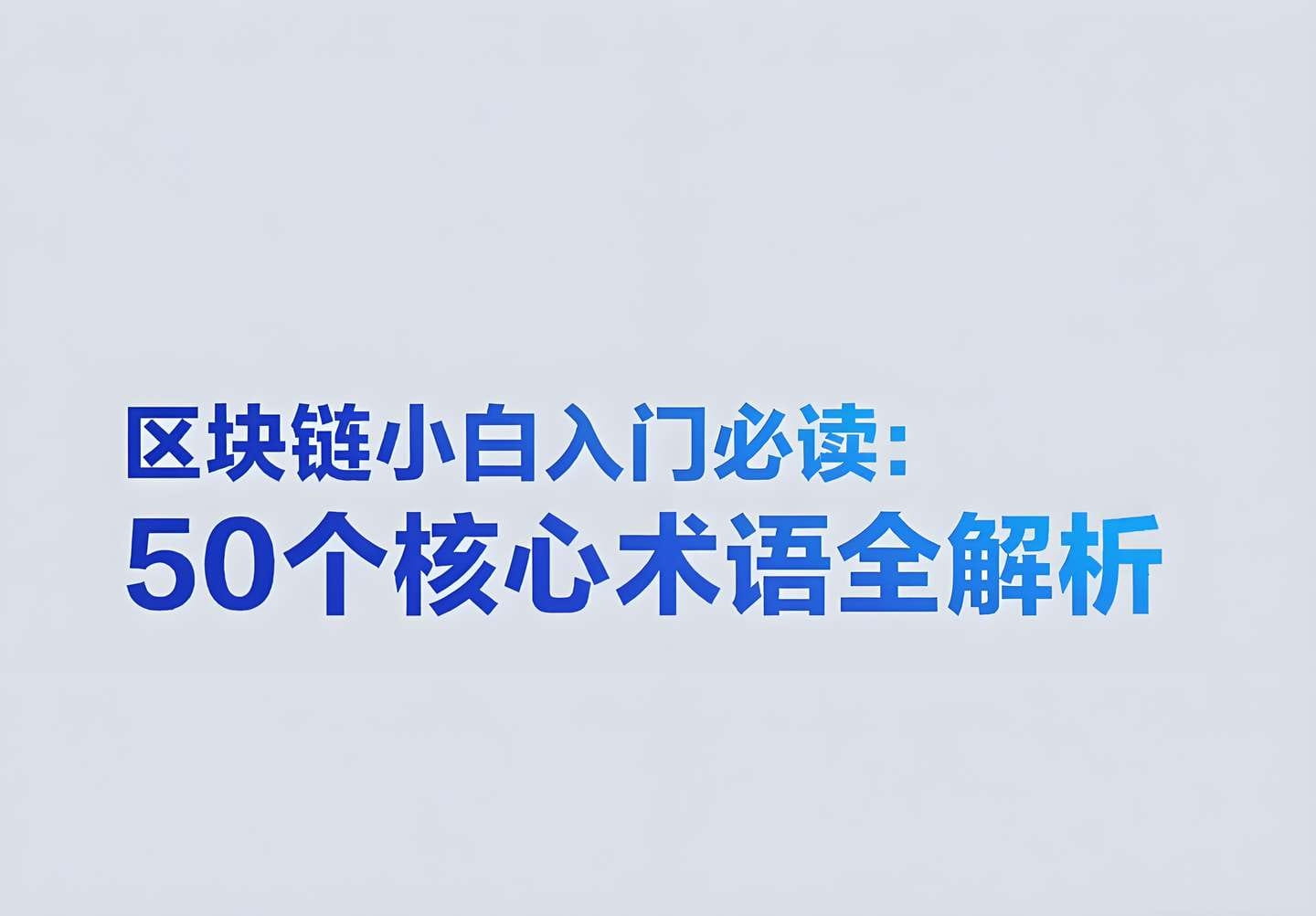
In today’s article, I’ve compiled the 50 most common core terms in the blockchain world and explained them in the simplest way possible to help you quickly build a complete cognitive framework.
1. Basic Concepts of Blockchain
Blockchain
Essentially, it is a distributed ledger. All data is recorded in “blocks” and then linked into a “chain” in chronological order, making it impossible to tamper with.
You can think of it as an "accounting system maintained by everyone."
Block
It’s like a page in a ledger, which records transaction information, timestamps, and the “fingerprint” of the previous block.
Hash
A unique digital fingerprint of data. For example, if you feed an article into the system, it will spit out a fixed-length code. Changing one word will completely change the code.
Decentralization
There is no "single manager" and all participants jointly maintain it. This is completely different from the "centralization" of traditional banks.
2. How does blockchain work?
• Node
Participating computers in a blockchain network. Each node keeps a complete copy of the ledger, just as everyone has a copy of the ledger.
• Consensus Mechanism
How does everyone reach an agreement on what the ledger should look like?
Common ones are:
• PoW (Proof of Work): relies on computing power to see who can solve the problem faster, a typical example is Bitcoin.
• PoS (Proof of Stake): The right to record accounts is determined by the amount of coins held, which is a typical mechanism after the merger of Ethereum.
• Miner
In the PoW model, nodes that contribute computing power are rewarded with Bitcoin.
• Gas Fee
It is equivalent to a "handling fee". On Ethereum, every transfer or smart contract execution consumes a fee.
3. Cryptocurrency and Wallet
• Public Key
Your blockchain address can be shared publicly, and others can transfer money to you through it.
• Private Key
It is equivalent to a bank card password + USB shield, which must not be disclosed. Whoever controls the private key owns the assets.
• Hot Wallet
Online wallets are easy to operate but have high security risks.
• Cold Wallet
Offline wallets (such as hardware wallets and paper wallets) are more secure.
4. Common Terms in Trading and Markets
• Exchange
Cryptocurrency trading platforms, such as Binance and Coinbase, are categorized as centralized exchanges (CEX) and decentralized exchanges (DEX).
• Liquidity
Refers to how quickly an asset can be converted into cash. High liquidity means you can buy or sell it at any time without affecting the price.
• Stablecoin
Cryptocurrencies pegged to fiat currencies such as the US dollar, such as USDT and USDC, are used to provide risk hedging and trading stability.
• DeFi (decentralized finance)
Blockchain-based financial applications, such as decentralized lending, DEX, and staking.
5. Professional terms that investors cannot avoid
• Whitepaper
The project's "business plan", which usually introduces the concept, technology, token distribution and roadmap.
• FOMO (Fear of Missing Out)
Fear of Missing Out: Investors are afraid of missing out and blindly chase high prices.
• Bull/Bear Market
A bull market is a generally rising market, while a bear market is a continuously falling market.
• HODL
It comes from the misspelling of "Hold", which means holding on to something for a long time and not selling it easily.
6. Web3 and Future Trends
• Web3
The core concept of the new generation of the Internet is that users have sovereignty over their data and value. Blockchain is its technological foundation.
• NFT (Non-Fungible Token)
Used to represent unique digital assets, such as a painting or a piece of music
• DAO (Decentralized Autonomous Organization)
An organizational form in which there is no traditional boss and rules are determined by code and community voting.
• Metaverse
In the digital world where virtual and reality merge, blockchain often serves as the underlying basis for asset ownership confirmation and value circulation.
7. The underlying logic you must keep in mind
1. The core of blockchain is the trust mechanism. It allows strangers to conduct transactions without the need for an intermediary.
2. Your private key represents your ownership of your assets. Protecting your private key is paramount.
3. Invest for long-term value, not blindly following trends. Market volatility is significant, and mindset and risk management are more critical than simply following the news.
4. Blockchain is not a "get-rich-quick tool" but a revolution in the future digital order.

From 10,000 U to 230,000 U, he changed his destiny with these three notes!
"To turn 10,000 U into 230,000 U, that die-hard fan only learned the 'three notes' I gave him."
While most people are still cycling between liquidation and recovery, some have already used this three-stage model of "stop bleeding-draw blood-ambush"
Complete the transition from "poor man's game" to "profiteering game"! Today, we will dismantle the survival rules that dealers hate the most (ambush coordinates are included at the end of the article)
Note 1: Stop the bleeding - sew up the wound that caused the loss first
"Breaking up the account isn't a technical issue, it's a matter of wrong order!" On the day my loyal fan received 10,000 U, I asked him to do an arithmetic problem:
50% spot pool: only buy the top 20 by market capitalization, but delete the 3rd, 7th, and 15th - those are the "mine coins" buried by the dealer
30% Arbitrage Pool: Lock it in a cold wallet, give me the key, and "never move without signal"
20% life insurance: hot wallet, phone case sticker "never trade"
Only do one thing for seven days: erase the word "all-in" from the dictionary!
Note 2: Blood Drawing — Let the Exchange Work for You
Once the bleeding stopped, I gave him my second line: "The price difference is profit, the rate is interest, and the fluctuation is a bonus."
Write the specific process on A4 paper and make two copies:
If the spot price difference between the two exchanges is ≥1.5%, take a screenshot immediately
If the perpetual rate is negative for 12 consecutive hours and is less than -0.02%, an alert will be issued immediately.
When both conditions are met, A buys spot and B sells short, earning triple profit in one go.
After 30 days, the piece of paper was crumpled and he had an extra 40,000 U in his account.
Note 3: Ambush - Stake out the door of the delivery room at Xinbi
After the account exceeded 50,000 U, the third note had only one line of words: "The dealer is most afraid that you are more familiar with his system than he is."
Within 72 hours of the launch of the new currency contract, the market is the thinnest, the plug-in is the most intense, and the liquidation engine occasionally short-circuits for 3 seconds - this is the "window of huge profits" for the poor.
His mission:
Only use 3x leverage
Place a limit order at the pin point in advance
Trigger and go, no lingering
During the TON incident, 87% of his 20% position was eaten up in 8 minutes, so he simply turned off his computer and went to the gym.
Final words:
Stop asking where the next 100x coin is, and ask yourself:
Do you know how to stop bleeding?
Do you dare to have your blood drawn?
Are you ready for an ambush?
Get the order right, and the market is your ATM; get the order wrong, and you are the market's fuel.
Cryptocurrency trading is about doing simple things repeatedly, sticking to a method for a long time, and mastering it. Cryptocurrency trading can also be like other industries and become proficient through practice. You can make every decision quickly and without hesitation.
To make $1 million in the cryptocurrency world, you either have to rely on a bull market and hold on, or you have to bet on a lucky coin, or you have to use high leverage to bet on the right direction. But most people lose money, so don’t just rely on the get-rich-quick stories; first determine how much risk you can tolerate.
If you are also a fan of cryptocurrency technology, click on the coin homepage.
Click on the avatar to follow me and get first-hand information and in-depth analysis!

What I learned from my 1500% return account after my account went bust: Trading is about the system, not the price.
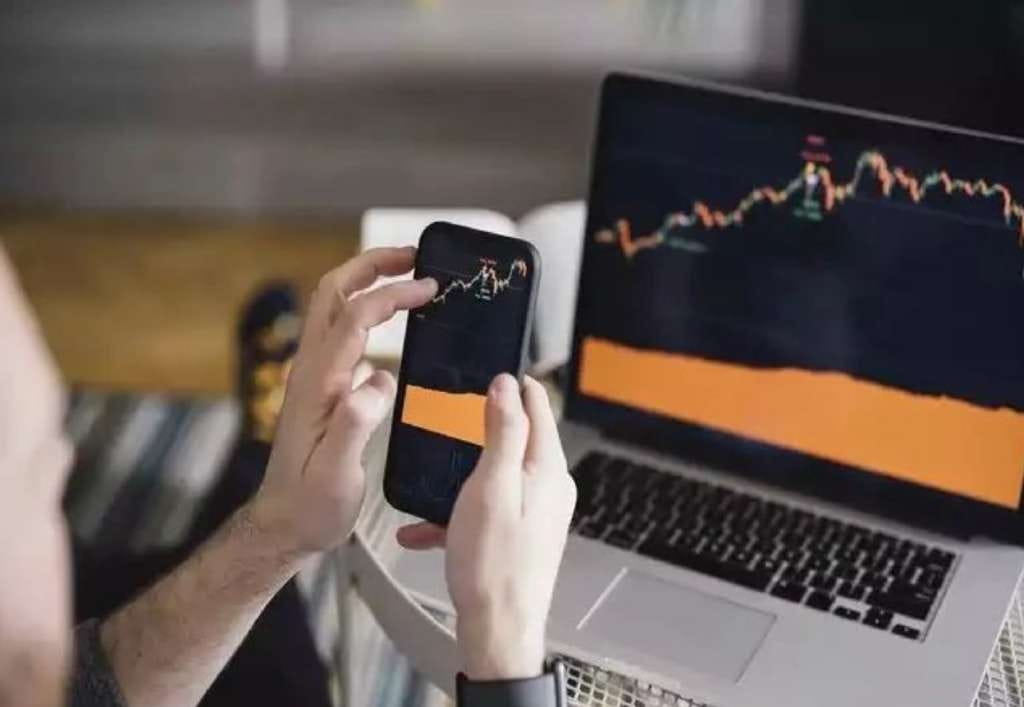
When it comes to margin calls, I use 10 ways to demonstrate where I went wrong, such as:
I bought it too late at this price;
Short-term long and short double kill, failed to hold;
The stop loss is set too small, and the price rebounds just when the stop loss is hit, etc.
........
After that, I asked, "What do you think?" My friend thought for a moment and replied, "I don't really care. Trading is not only about price, but also about the system. But I don't hear that you have a trading system."
He then explained the rules of the trading system to me in detail, which was very helpful. I have briefly summarized them and would like to share them with you.
1. With a trading system, even laymen can make profits
Many people believe that trading is about making profits through price fluctuations.
However, price fluctuations themselves have great uncertainty. Whether it is technical or news, there will always be a certain deviation from expectations. How you view this deviation will directly affect your trading results.
What is required here is not only the skill of reading the market, but also the timing of opening and closing positions, position management, and mentality. This is the trading system.
I believe the earliest trading system is the grid trading method. It involves finding a range of fluctuations and dividing it into many equally spaced grids. After setting an initial position, buy every time the price drops by one grid and sell every time the price rises by one grid.
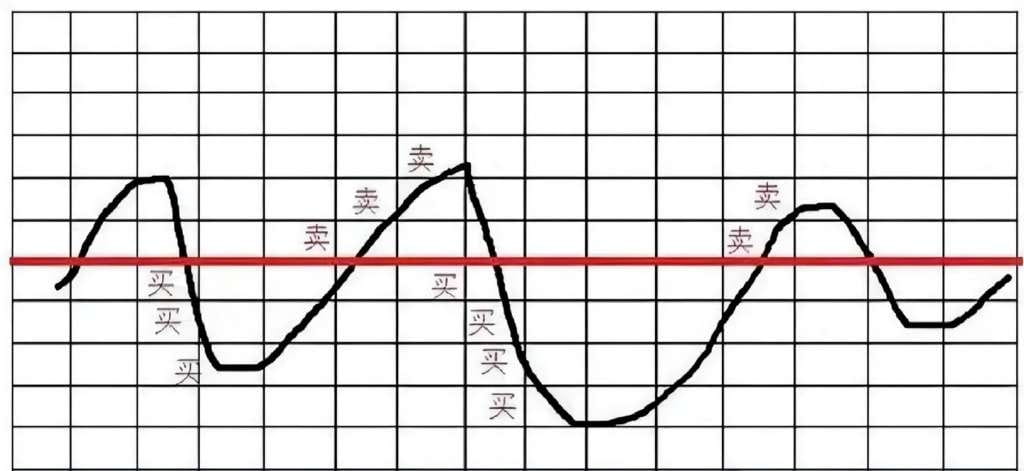
The inventor of the grid trading method was the American mathematician Shannon. He didn't understand the market at all, but he relied on the grid trading method to make a big splash in the stock market, which is incredible.
But if you review the market afterwards, you will find that the grid trading method did at least three things right:
Be disciplined and trade according to the grid;
Not affected by human nature, do not cover positions arbitrarily;
Strict position management, Shannon's strategy uses the Kelly formula f=(pb-q)/b to calculate the optimal holding ratio.

This essentially covers all the elements needed for a trading system. Therefore, it wasn’t the price, but the system that allowed even Shannon, a layman, to succeed in the markets.
2. It’s the system, not the price
Traders who have a trading system never complain about the buying price.
For example, in the following market, according to the Dow Theory's requirement for a normal rise, the market's highs and lows generally rise simultaneously. If you are an aggressive investor, you would have considered shorting the market as soon as the price fell below price 1.
If you are cautious, prices 2 and 3 correspond to the previous stage bottoms, which are both opportunities to enter the market.
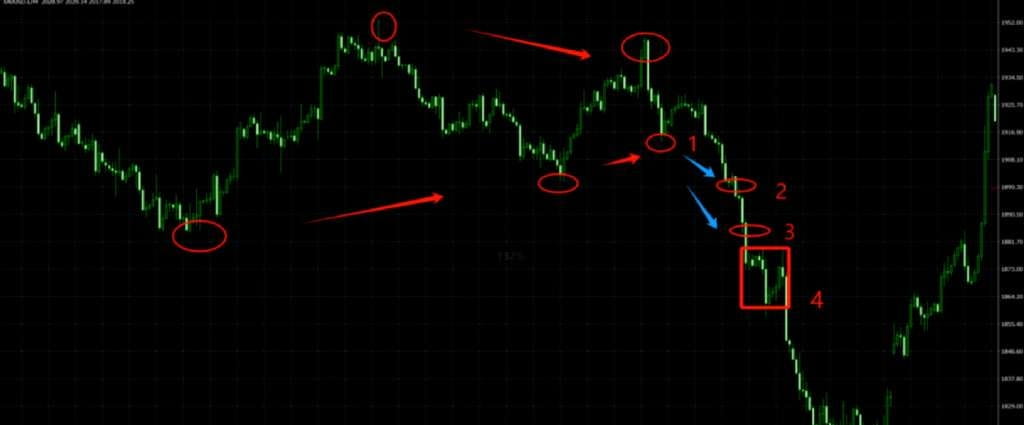
If you still miss out, and the market fails to form a bottom at price 4, there will be another opportunity to short as the big black candlestick pulls out. You see, in a trending market, as long as your trading system has one or more such entry indicators, you will eventually participate, as long as you strictly follow your system.
This isn't absolute, either. As mentioned earlier, prices are inherently uncertain. For example, at the end of this market trend, while the overall trend is flat and showing signs of bottoming out, it's still consistent with a normal downward trend. If you're unlucky enough to short here, your stop-loss will determine the extent to which you can control your losses.
I recommend setting your stop-loss at 20%-30%, which is more in line with the 3:1 profit-loss ratio. This ensures that you can maintain your capital even in the face of multiple losses, which is what we often say, "only need to be right 3 out of 10 hands."
If your trading system has such a trigger mechanism, your losing orders will be closed around 1850. But don't panic, you will find that the market has gone out of the normal upward trend, breaking through the previous resistance levels at prices 1, 2, and 3 respectively. These are all very good entry opportunities.
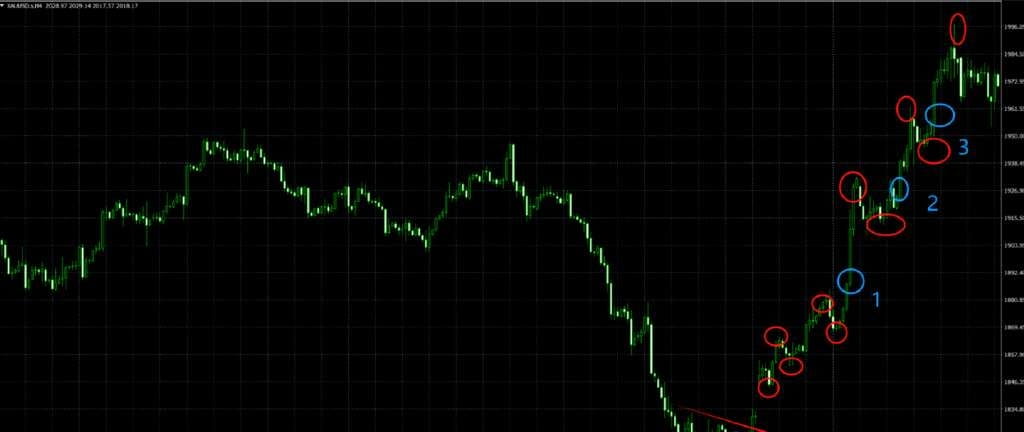
A mature trading system must have a complete trigger mechanism for entry, exit, stop loss and take profit. Once these mechanisms form a closed loop, they can continuously provide you with trading opportunities.
This market trend is captured based on a 4-hour chart, which is between short-term and daily trading and is quite representative in trading. Some experienced investors also use the frequency of 4-hour fluctuation points to calculate the strength of rebounds and retracements.
3. Protecting Principal and Profits
The purpose of trading is to make a profit, but more importantly, it is to protect the principal.
The author of the Chaos Theory has repeatedly mentioned that only zero-cost trading is risk-free. To put it simply, after accumulating profits, you can use the profits to trade. Even if you suffer losses, as long as the principal is still there, there are still infinite possibilities in the future.
Of course, it is difficult for ordinary investors like us to trade in this way, but learning to exit the market in batches is also a very necessary part of improving the trading system.
For example, in this market, if you buy at the top, you can consider exiting the market at prices 1, 2, and 3 respectively. This is because key support and resistance levels are usually densely populated with orders, making price reversals more likely to occur. By exiting the market in batches, you can ensure that profits are protected at different extended positions.
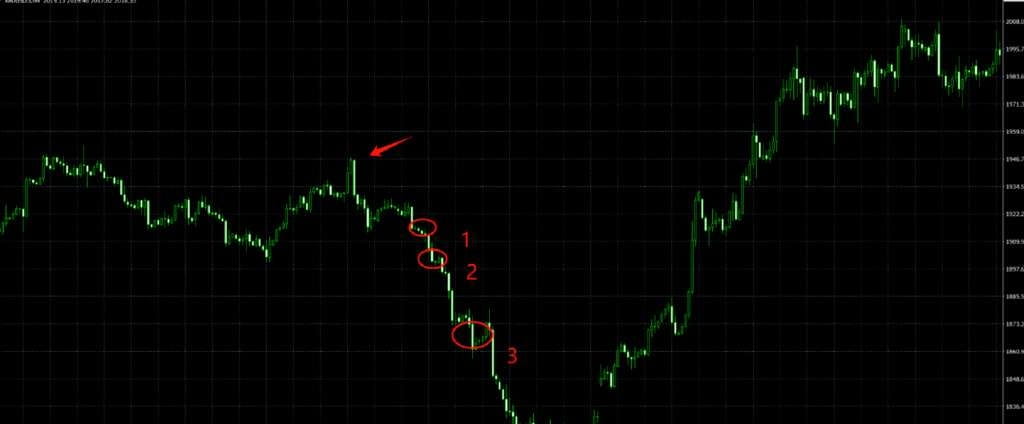
4. Learn to Coexist with Shocks
Price fluctuations can be categorized as oscillations and trends, but oscillations account for 70% of price fluctuations, while trends only account for 30%. Therefore, most of the time, the market doesn't leave us with excitement, but rather oscillations and consolidation.
But this doesn't mean there are no trading opportunities during market fluctuations. In a 30-point market, as long as you identify the range, buy low and sell high, and repeat this boring process over and over again, you can still accumulate profits.
Once a breakout occurs, it likely signals the end of a consolidation and the emergence of a short-term trend. At this point, trade with the trend, set stop-loss and take-profit targets, and be vigilant for the return of volatility. This completes the trading cycle. Understanding this, your trading system will be able to seamlessly transition between different market phases.
This concept was first demonstrated in Wyckoff's price cycle. Our consolidation range actually corresponds to the accumulation area and the distribution area, and the trend market actually occurs when there is an imbalance between supply and demand.
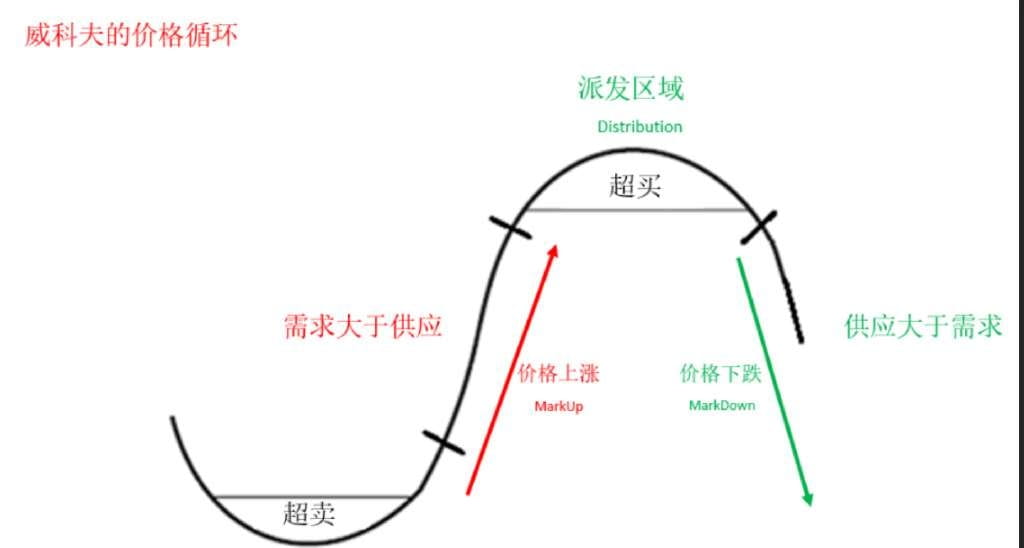
The difficulty of a volatile market is how to identify false signals.
In the Wyckoff trading system, there is a spring effect, whereby the market briefly dips below its range, only to rebound from the bottom to the top. This spring effect is a shakeout process, so it doesn't last long. Therefore, in addition to setting stop-loss orders, your trading system should also recognize price signals that could indicate a breakout.
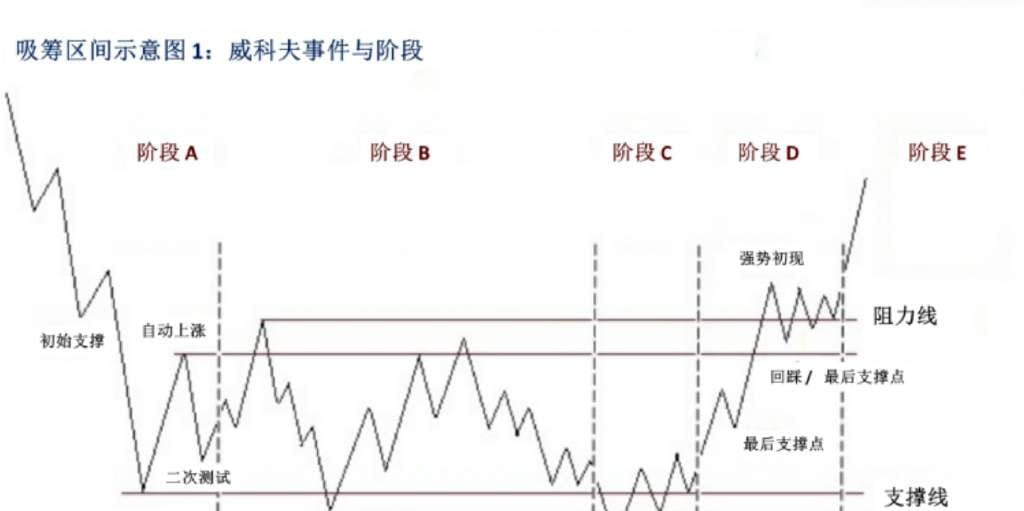
When multiple candlesticks appear outside the oscillation range and fail to return above it after repeated testing, it indicates a valid breakout; otherwise, it is a shakeout. A mature trading system considers time as well as price.
In (Wyckoff 2.0), you will also see a more advanced judgment method for accumulation and distribution, which is to introduce trading volume data within the framework of time and price.
Through trading volume, you will find that the consolidation range is precisely the range where chips are densely concentrated. Usually, the market starts because one party digests the chips of the other party and takes the initiative in the price, so the price breakthrough of the range will usually shrink.
Therefore, through the area of intensive trading volume, we can determine the value range in advance, understand the fluctuation range, and provide a reference for us to grasp the volatile market.
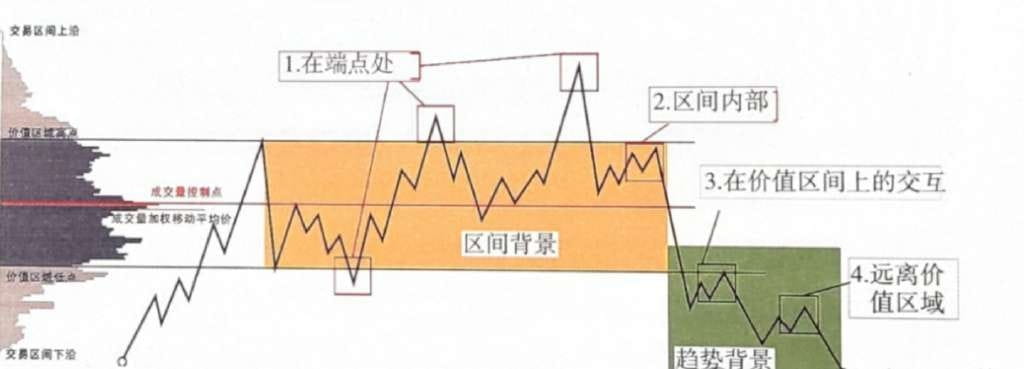
Finally, I particularly like this sentence: A trading system is a set of rules that monitor market trends and restrain human nature.
A trading system is a complex combination of skills, mindset, and self-discipline. Many people may not understand market logic and may even be well-versed in the principles of technical analysis. However, they fail to overcome human weaknesses, chasing rising prices and selling falling prices, exiting at small profits and holding onto large losses, and repeatedly missing opportunities in the face of market uncertainty.
However, the best way to avoid uncertainty is to face it, control risks with stop-loss and take-profit orders, protect capital and profits by exiting the market in batches, and strictly abide by trading discipline, so that thinking can truly become a secret to profitability.

The rules of survival in the cryptocurrency world: The simplest method is often the most profitable (but 90% of people can't do it)
Over the past few years, I've seen too many "smart people" stumble in the cryptocurrency world—some left with debt after their contracts were liquidated, some bought altcoins at the bottom and lost everything, and some missed out on the bull market and sold their money in the bear market. It's not that they weren't working hard enough, but rather that they kept repeating three fatal mistakes:
❌ Mistake 1: Buying only when the price goes up, not when it goes down
The most ironic rule in the cryptocurrency world: most people buy at the top of the mountain and sell at the bottom of the valley.
When the price of a coin skyrocketed, people were FOMO-ing out: “If you don’t buy now, you’ll miss out!” But they ended up getting trapped as soon as they entered the market.
When the market plummets, people panic: “It’s going to fall even lower!” and end up missing out on the best opportunity to buy at the bottom.
The truth: Those who make money are always those who dare to take the knife in batches during panic
❌ Mistake 2: Betting heavily on a single direction
“It will definitely go up/down this time, just buy it up immediately!” - This kind of thinking will fail 99% of the time.
The main force is best at drawing doors and inserting pins. A big Yang line or a big Yin line can wash out the heavy-positioned gamblers.
Even if you’re right about the direction, short-term fluctuations can still wipe out your position (especially if you’re using futures contracts).
Mistake 3: Emotionally Investing in a Full Position
Once they make a profit, they think they are geniuses and go all in.
· When you suffer a loss, you immediately try to recover the loss, but the loss only gets bigger
Remember: the market is a cure for all kinds of dissatisfaction, full position = loss of initiative
The six-word formula for short-term trading that I summarized with blood and tears (I suggest you engrave it on the screen)
1️⃣ “There is a top even if it’s high, and there is a bottom even if it’s low.”
In an uptrend, every pullback is an opportunity (until it breaks below the previous high)
In a downtrend, don’t rush to buy the bottom (there may be new lows after the new lows)
2️⃣ “Don’t trade if the market goes sideways”
80% of losses occur in volatile markets
When the price is rubbing back and forth near the moving average, you can make money if you hold your hands
3️⃣ “Buy Yin and Sell Yang”
Buy after consecutive negative closings on the daily chart, sell after consecutive positive closings
· Counter-emotional operation: when others are afraid, you test them; when others are crazy, you reduce your position
4️⃣ “A sharp drop will lead to a sharp rise”
Don’t touch coins that are slowly falling (the main force is selling)
Watch the market when the market plummets and the volume increases, the rebound is often sharp and fierce
5️⃣ “Pyramiding Method”
The initial position should not exceed 20%, and the position should be increased every 5% drop (the total position should be controlled within 50%)
Always keep bullets to deal with extreme market conditions
6️⃣ “Consolidation is inevitable after a big fluctuation”
The market needs to digest after a sharp rise or fall. Don’t chase the rise or fall.
Wait until the consolidation breakout direction is clear before taking action
A final word of advice
Remember this: the market never lacks opportunities, what it lacks are those who can hold steady, endure, and survive.
Do you always think that masters are lucky? In fact, they just use stupid methods ruthlessly enough.
To make $1 million in the cryptocurrency world, you either have to rely on a bull market and hold on, or you have to bet on a lucky coin, or you have to use high leverage to bet on the right direction. But most people lose money, so don’t just rely on the get-rich-quick stories; first determine how much risk you can tolerate.
If you are also a fan of cryptocurrency technology, click on the coin homepage.
Click on the avatar to follow me and get first-hand information and in-depth analysis!